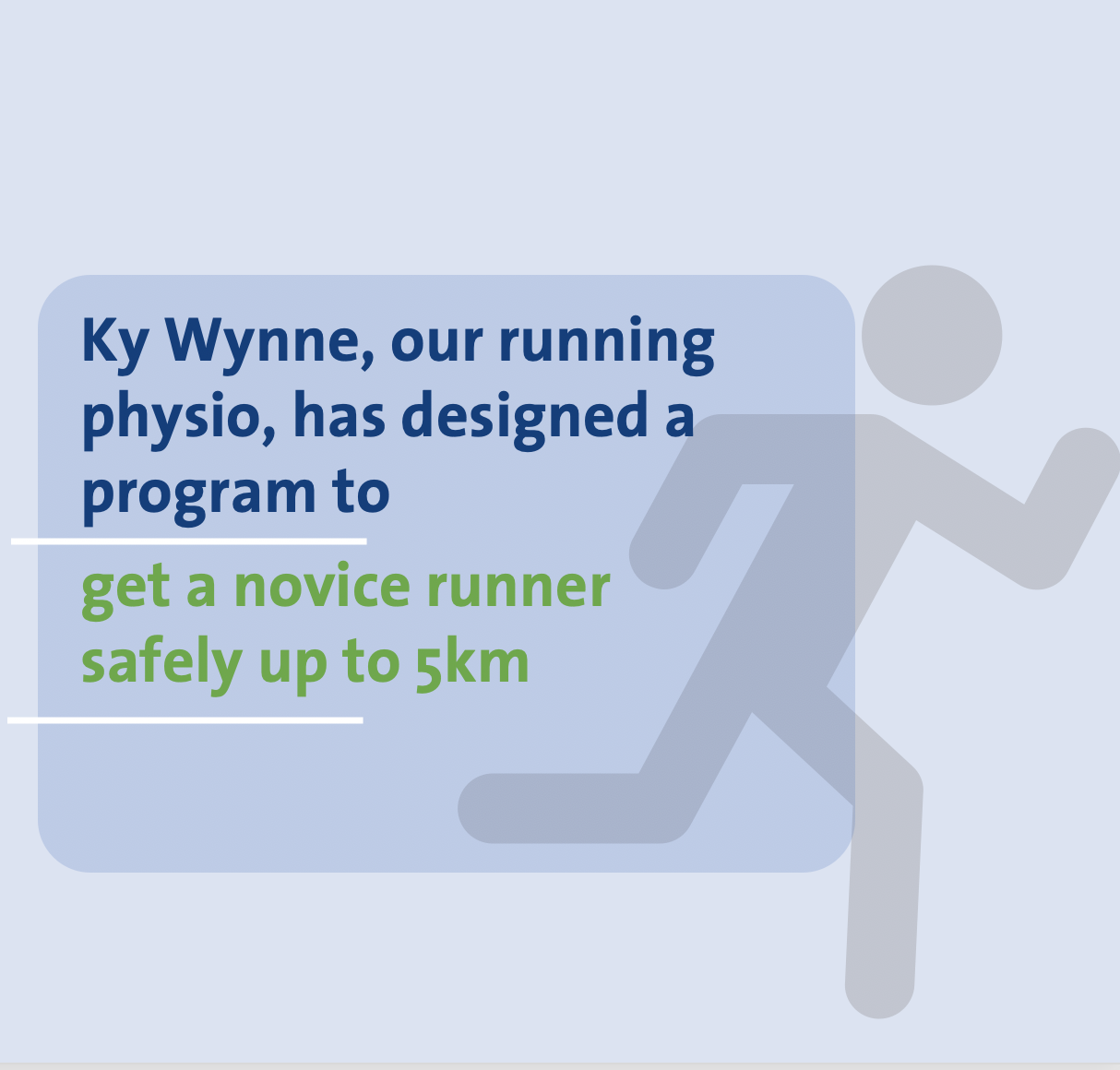Visit
Physiosports Brighton,
429 Nepean Highway, Brighton East,
3187, VIC, Australia
Call
Fax
03 9596 9155
physiosports@physiosports.com.au

Running is one of the most participated sports activities around the world, with Australia at the forefront of this. There are numerous health benefits from running, including mental and physical impacts. Recreational runners have been shown to live longer (1), and have less joint injury in areas such as the knees (2, 3). The following quote is one I particularly like in relation to running.

Those running already can often attest to the mental and physical benefits it provides. For those that haven’t run before or recently, getting started can often be a challenge. The following blog will provide some advice targeted at those that are interested in getting started. The post will include a run program template which will be updated weekly. There will be regular tips, advice and discussion on the Physiosports social media (see here) for those wanting to get involved.
Prior to commencing any new form of activity, it is recommended to consult your local GP to complete a health check. This is designed to mitigate and address any risks relating to starting and completing the activity. It would be my recommendation to consult your GP to discuss your risks. Furthermore, should you have any current injuries, an appointment with a physiotherapist would likely assist to reduce your risk of exacerbation. For anyone wanting to read more on running injuries, check out a previous blog post written by Ky Wynne.
RUN PLAN:
The following run plan is designed to be completed over an 8-12 week period. The plan looks to progress from a low level through to running 5kms. Please note that this a generic plan, and is not individualized to your own fitness level. The running plan contains 3 different types of sessions:
The following table looks at an example of how the run plan would work over a week. The days scheduled to run are recommended, however you can look to move the days and keep the principles the same. Your focus should be to schedule minimum 1 days rest between each run. Your ‘rest’ days are also important, with my strong recommendation to complete a running specific strength program. Evidence shows improving strength will assist with running economy, running speed, reduce injury risk, and has no detrimental effects on performance. Physiosports is currently running specific online conditioning classes called ‘S&C’. These Strength & Conditioning classes would be perfect to add into your routine, with more details found here.
Example Week:

WARM UP:
The purpose of a warm up is to prepare the body for activity and reduce the risk of injury. A running warm up should take approximately 5-10minutes, and include the following:
RUN PROGRAM:


Please note: If you are finding this plan not well suited to your level and want an individualised program put together, please touch base with Ky Wynne.
MORE INFORMATION CAN ALSO BE FOUND ON OUR INSTAGRAM PAGE @physiosports429
References: